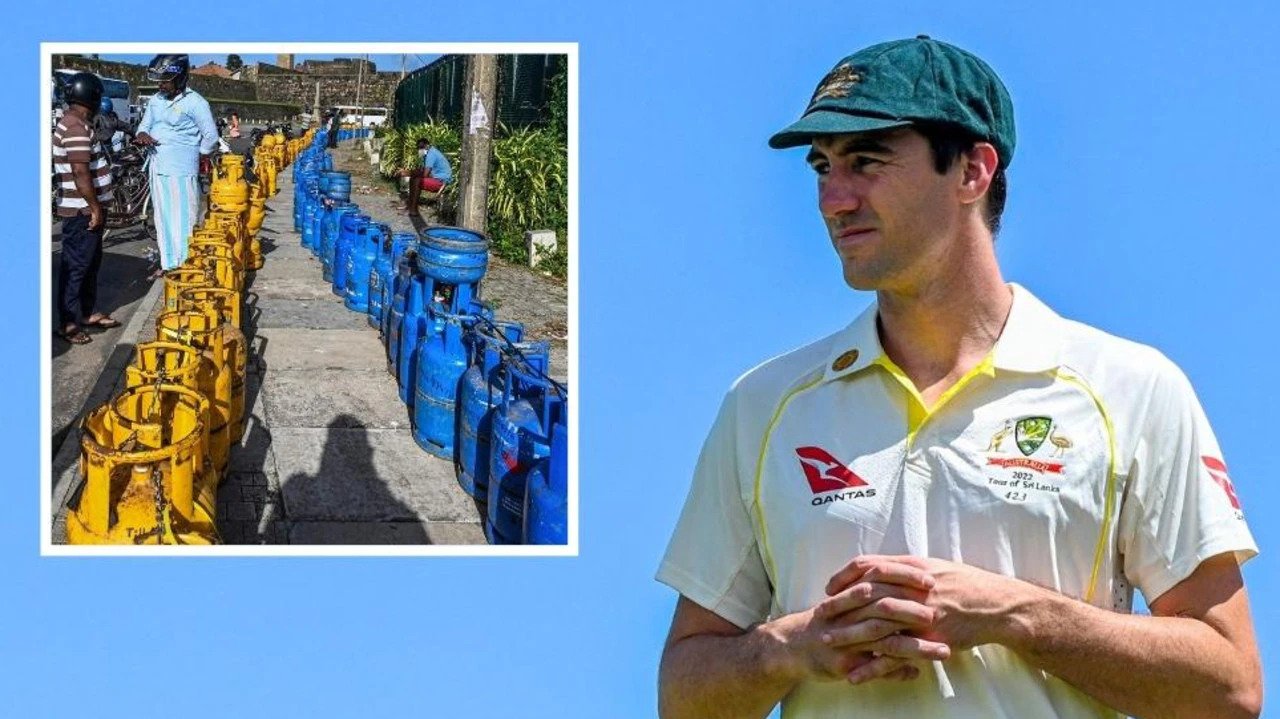‘COMPLETELY COLLAPSED’: SRI LANKAN ECONOMIC CRISIS OVERSHADOWS AUSTRALIAN CRICKET TOUR
news.com.au - June 29, 2022
Last week, Australian Test captain Pat Cummins and a trio of teammates sat in a Colombo restaurant in darkness, waiting for the town’s power to be switched on.
The national men’s cricket team is touring Sri Lanka for the first time in six years, coinciding with the nation’s worst financial crisis since 1948.
The former British colony’s economy has collapsed after years of macroeconomic mismanagement by the ruling Rajapaksa family, resulting in severe food, fuel and electricity shortages.
Colombo, the Sri Lankan capital, has been plagued by 10-hour blackouts since March, with car drivers and tuktuks forming kilometres-long queues for fuel.
Schools have temporarily closed, while countless local businesses that can no longer afford imported supplies are shutting down.
Last month, a two-day-old baby died in the highlands town of Haldummulla after falling ill, with her parents unable to source petrol to rush her to the nearest hospital.
But as Colombo’s citizens endure daily power outages, the Australian team bus and its security convoy travel to and from the venue each day, passing long queues of desperate locals sleeping in their cars waiting for fuel.
The floodlights at R Premadasa Stadium were unaffected for last week’s ODI matches between Australia and Sri Lanka, with the venue’s lighting tapping into generators from the state-owned Ceylon Electricity Board.
Like the first leg of last year’s Indian Premier League, which was ravaged by Covid-19, there’s something eerily dystopian about sport continuing unscathed while a humanitarian crisis unravels outside the gates.
Sitting in the restaurant earlier this week, waiting for the town power to be switched on so dinner can start.
Sri Lanka is going through a tough time at the moment, but the people have been amazing to us and we are grateful to be here.
Ready for Game 5 💪 #srilanka pic.twitter.com/5ICAwTvOEt
— Pat Cummins (@patcummins30) June 24, 2022
“We’ve been following closely, it’s something we’ve spoken about in our team meetings as well,” Cummins told reporters on Tuesday.
“We’re so lucky to come here and experience Sri Lanka pretty normally. I was on a call yesterday and spoke to some young girl cricketers and they’re down to one meal a day, they’re going to school a couple days a week because the teachers can’t get to school.
“They’re from a fishing village, a lot of them can’t go out to fish because they’ve got no petrol, so we’re certainly seeing the effects, even in the buses seeing the queues kilometres long around petrol stations, so that’s really hit home for us.
“No matter what the result is, we’re in a really privileged position. There’s a lot of people making this happen for us to play a bit of cricket.”
The Sri Lankan economy has buckled under the weight of heavy foreign debts, the surging cost of commodities and a loss of tourism revenue.
Sri Lanka’s foreign exchange reserves have dropped from $7.6 billion in 2019 to $1.6 billion in April, currently reeling at less than $1 billion.





